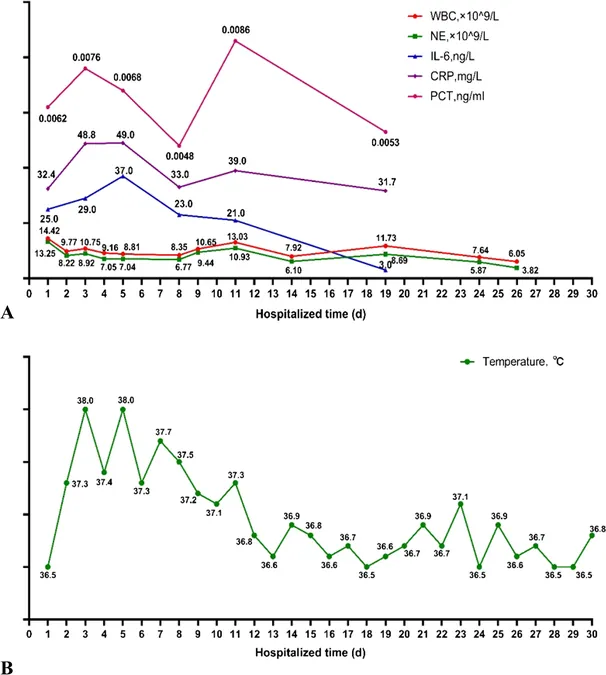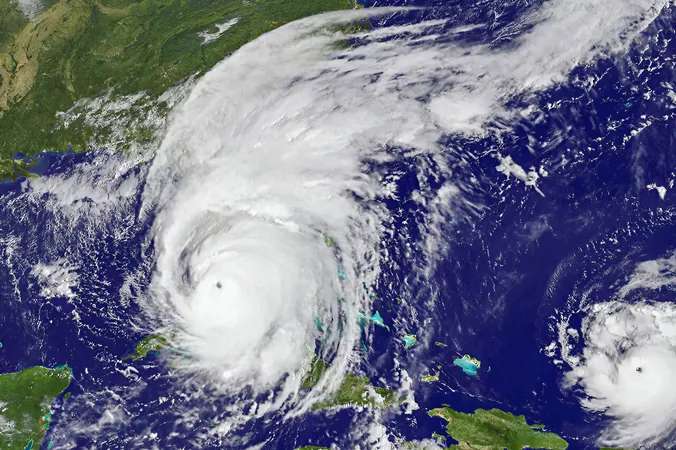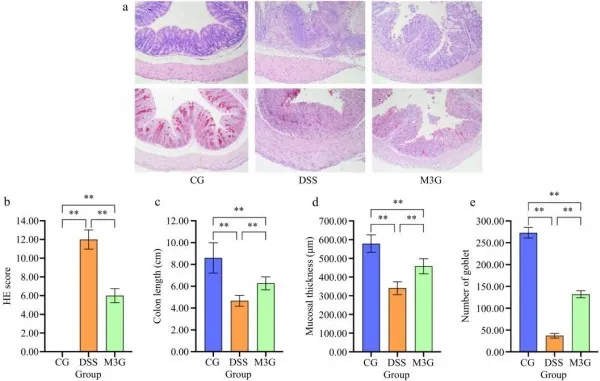
Unexpected Threat: Ventilator-Associated Pneumonia Linked to Rare Fungal Pathogen Myceliophthora heterothallica - A Shocking Case Study!
2024-09-28
In a groundbreaking case reported from a hospital in April 2023, the rare opportunistic fungal pathogen Myceliophthora heterothallica (M. heterothallica) has been identified as a cause of ventilator-associated pneumonia (VAP) in an elderly patient. This alarming discovery highlights the potential dangers posed by lesser-known fungi in vulnerable populations, particularly in individuals with compromised immune systems.
M. heterothallica is part of the Myceliophthora genus, a group of thermophilic, melanized fungi that typically thrive in specific environmental conditions and are known to be associated with cases of immunocompromise. Although primarily considered an environmental organism and rarely implicated in clinical infections, this case emphasizes its emerging pathogenicity in clinical settings. Prior to this, no cases of pulmonary infections due to this fungus had been documented, making this instance particularly significant.
Patients undergoing mechanical ventilation are at elevated risk for bacterial colonization and VAP, especially the elderly with pre-existing health conditions. Traditional culprits for VAP include Gram-negative bacteria like Pseudomonas aeruginosa and Escherichia coli. However, the incidence of fungal infections, though infrequent, has been on the rise, particularly among older patients battling VAP. Conditions such as diabetes and immunosuppression exacerbate the risk, leading to increased morbidity and prolonged hospital stays.
The Patient Journey: A Battle Against Unseen Foes
The case involved a 67-year-old Asian female patient who experienced a sudden disturbance of consciousness due to underlying health factors, including hypokalemia and hypertension. After experiencing cardiac arrest during emergency transport, she underwent CPR and was subsequently admitted to the Intensive Care Unit (ICU), requiring invasive mechanical ventilation.
On day two of mechanical ventilation, the patient developed a fever and produced yellow sputum. An initial assessment indicated the presence of predominantly Gram-negative bacteria, leading to an empirical treatment regimen. However, subsequent investigations revealed persistent infections from multidrug-resistant (MDR) pathogens, including carbapenem-resistant Acinetobacter baumannii, culminating in the discovery of M. heterothallica on day five.
Despite developing persistent fever and sputum production, the patient's condition showed signs of improvement, and after 28 days of treatment, she was discharged, albeit without the use of antifungal medications. This outcome raises crucial questions about the pathogenic potential of M. heterothallica and the responsibilities of clinicians in identifying rare pathogens.
Emerging Evidence of Pathogenicity
The identification of M. heterothallica was confirmed through a meticulous examination of fungal morphology and molecular techniques, including sequencing of ribosomal DNA regions. This case serves as evidence that M. heterothallica can not only colonize but also induce respiratory infections in humans.
Additionally, the findings align with growing research surrounding thermophilic fungi, suggesting that these organisms may possess virulence factors similar to their more frequently reported relatives, like Thermothelomyces thermophila. Although both fungi share similarities, M. heterothallica displays unique clinical features that warrant closer attention.
Implications for Clinical Practice
The case underlines an urgent need for vigilance regarding rare and unconventional pathogens in patients, particularly those with compromised immune systems. As traditional methods of identification often overlook such pathogens, greater emphasis should be placed on thorough specimen collection and advanced identification techniques.
This troubling incident raises significant concerns about the ability of healthcare providers to effectively manage potential fungal infections in critical patients. While the case concluded favorably for the patient, the journey serves as a stark warning about the lurking dangers posed by opportunistic fungal pathogens in the evolving landscape of healthcare challenges.
In summary, understanding M. heterothallica’s role in VAP could potentially save lives in the future. As incidents of rare fungal infections escalate, timely recognition, judicious treatment, and a proactive approach to patient care are paramount in mitigating risks associated with such stealthy pathogens.




 Brasil (PT)
Brasil (PT)
 Canada (EN)
Canada (EN)
 Chile (ES)
Chile (ES)
 España (ES)
España (ES)
 France (FR)
France (FR)
 Hong Kong (EN)
Hong Kong (EN)
 Italia (IT)
Italia (IT)
 日本 (JA)
日本 (JA)
 Magyarország (HU)
Magyarország (HU)
 Norge (NO)
Norge (NO)
 Polska (PL)
Polska (PL)
 Schweiz (DE)
Schweiz (DE)
 Singapore (EN)
Singapore (EN)
 Sverige (SV)
Sverige (SV)
 Suomi (FI)
Suomi (FI)
 Türkiye (TR)
Türkiye (TR)